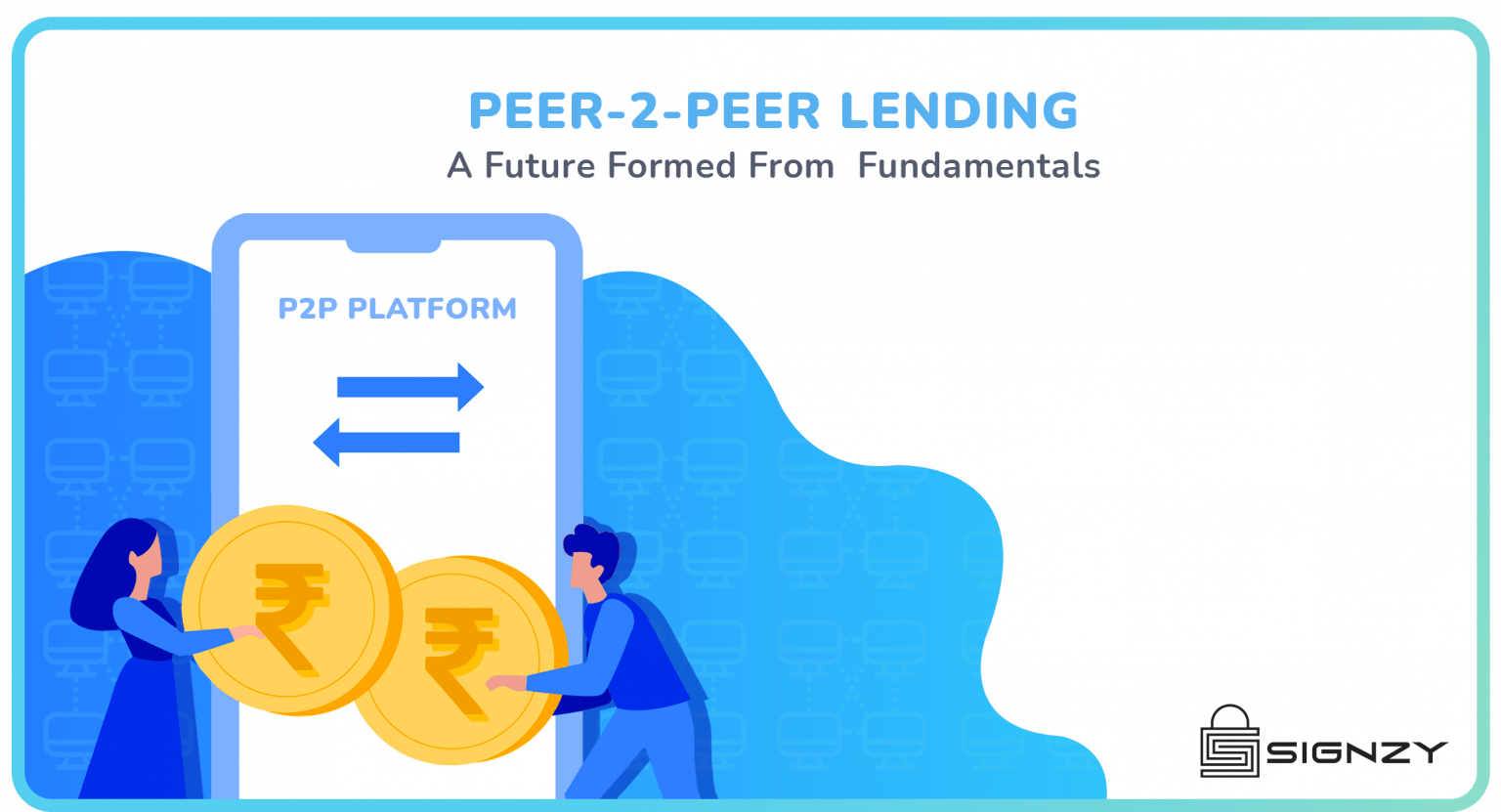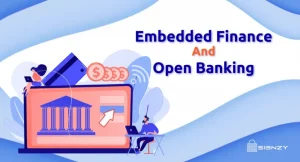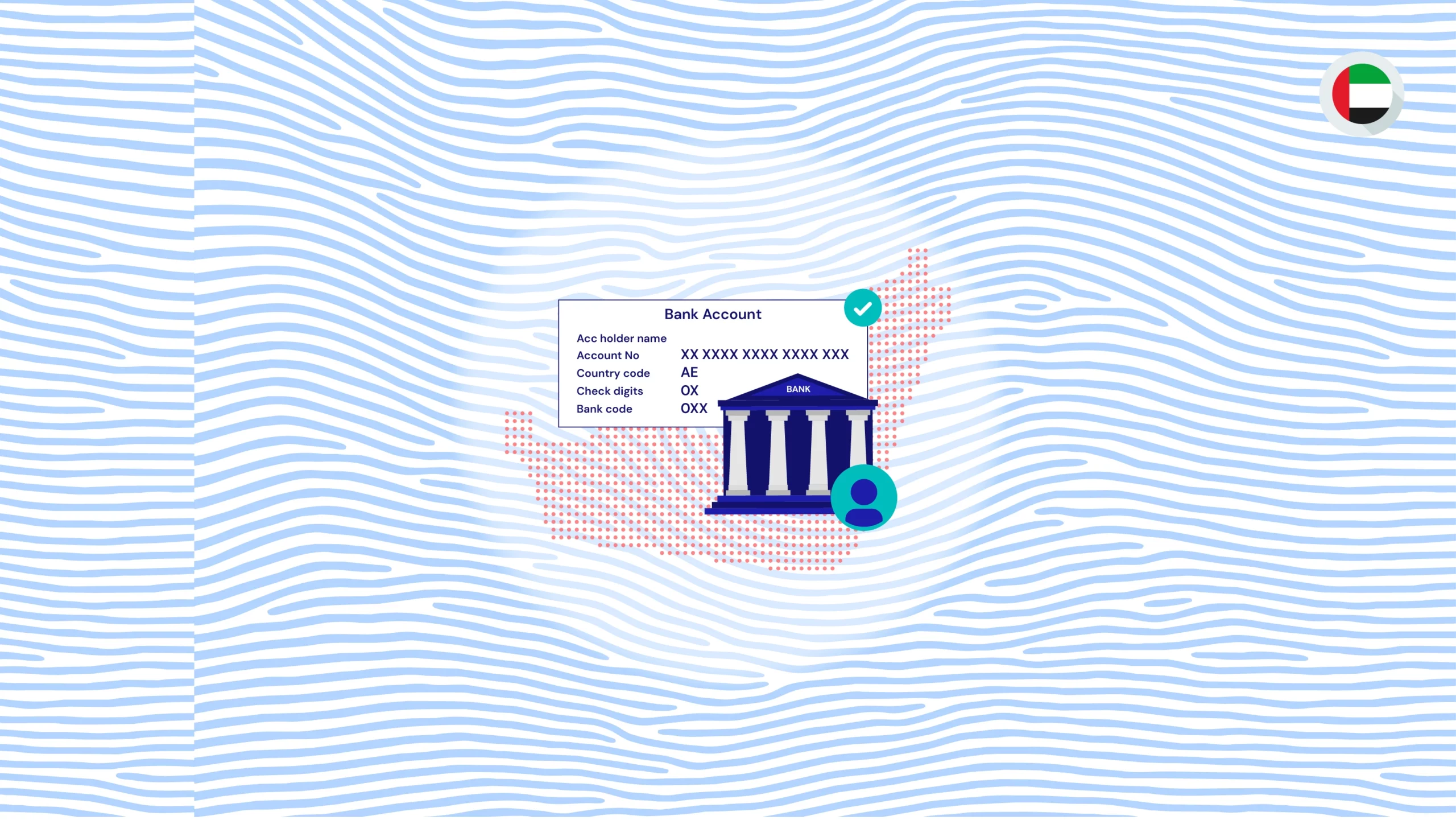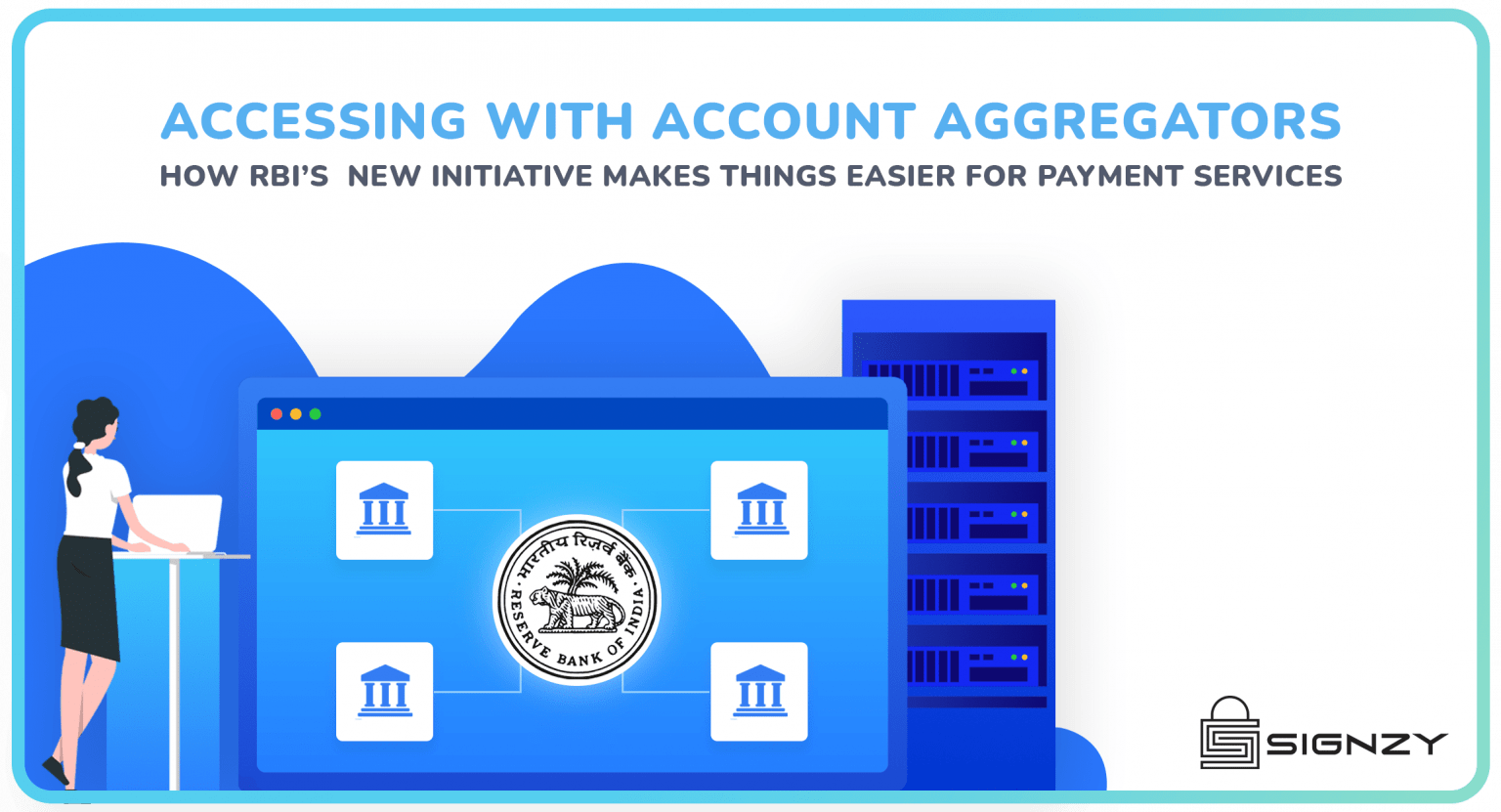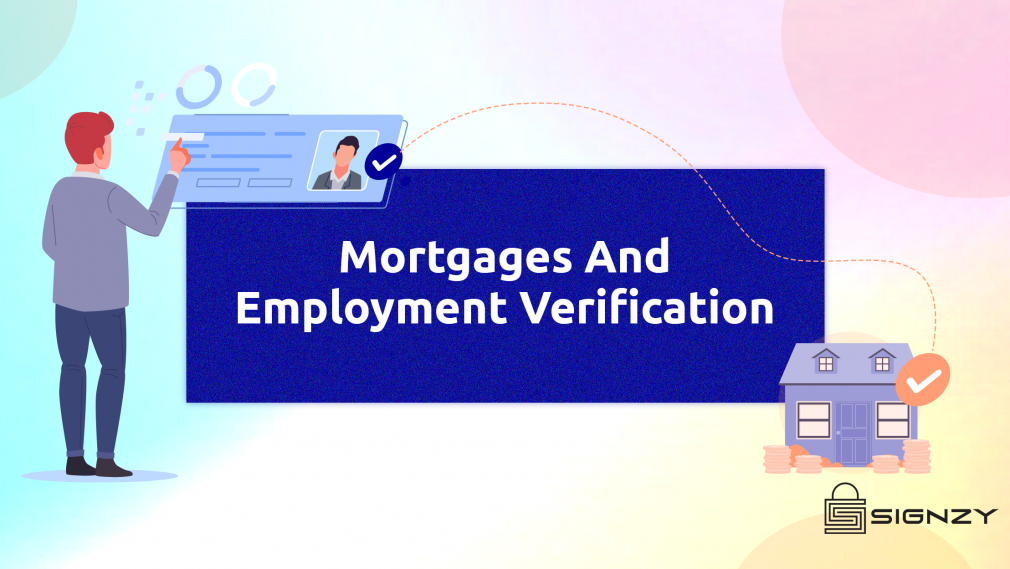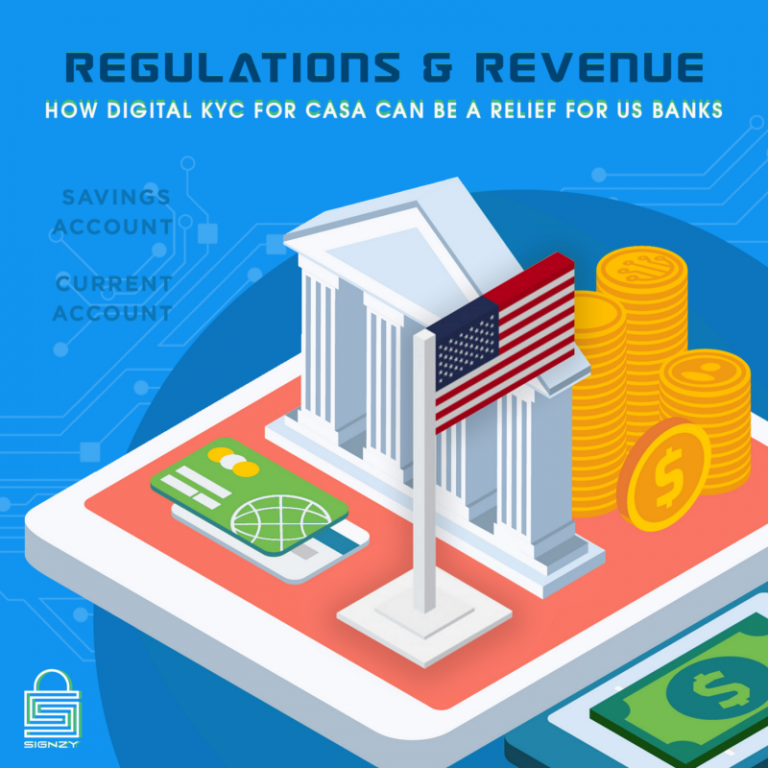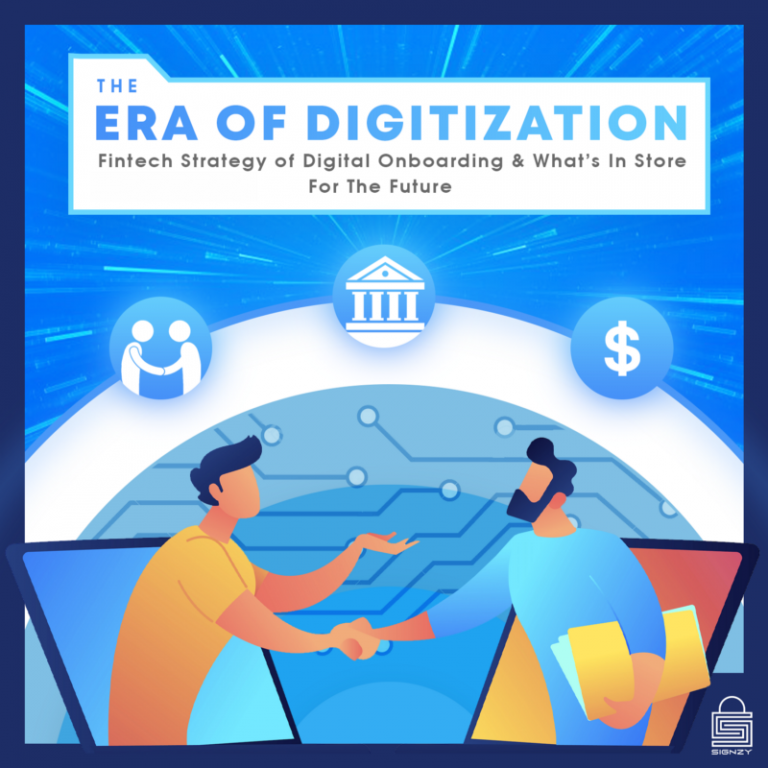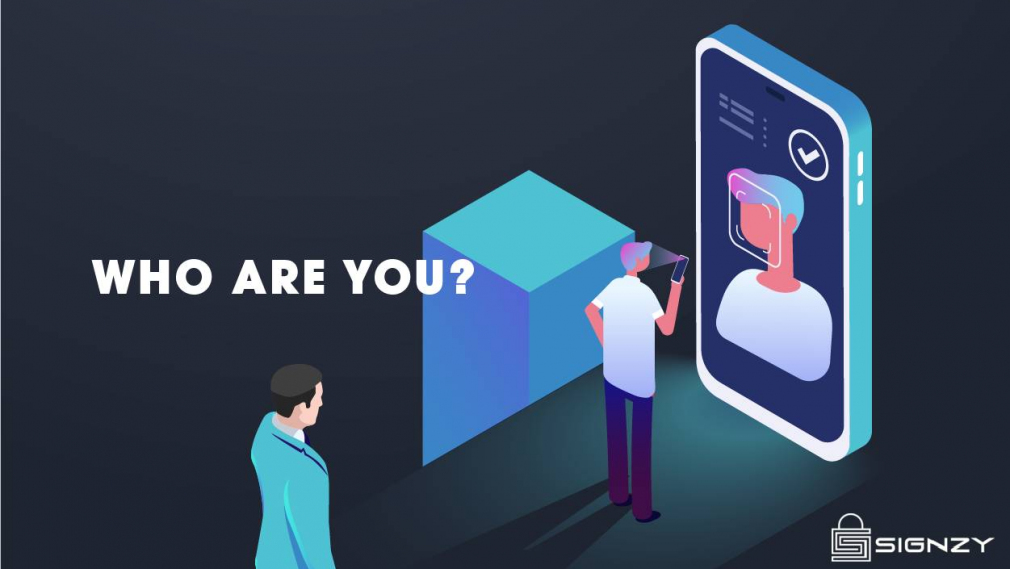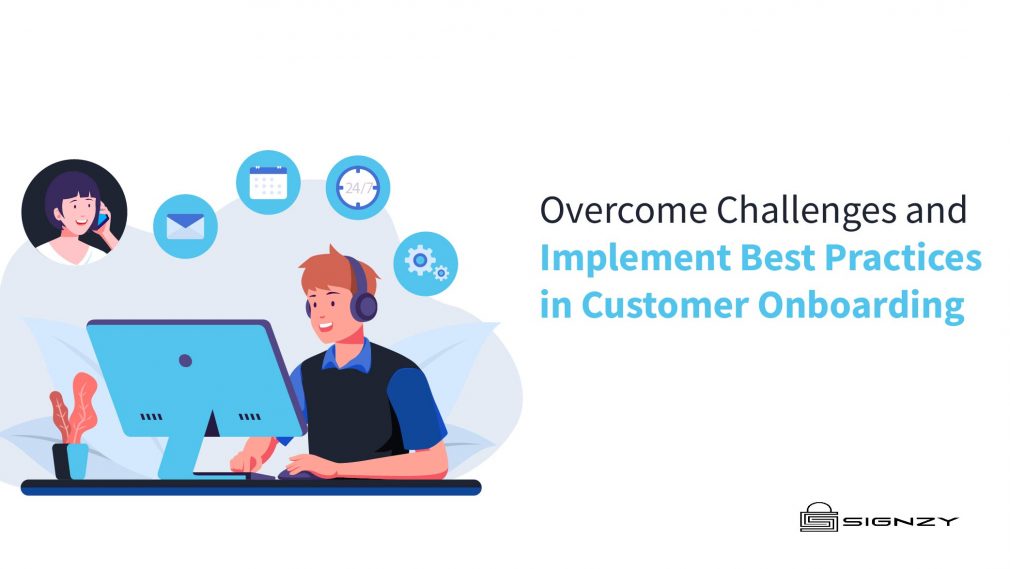With a revolution of digitization in the country since 2020, India is set for changes in the P2P lending market. IndustryArc predicts the market size to exceed $10.5 billion by 2026. This is after considering 21.6% CAGR during the forecast period between 2021 and 2026.
Peer-to-Peer(P2P) Lending, follows the practice of lending money to businesses or individuals by other individual lenders. This is usually through online services that match lenders with borrowers. Since 97% of these transactions are online now, P2P lending is synonymous with online P2P lending.
Traditionally banks are the first option people consider to obtain funds. Perhaps a personal loan at an affordable price might do the trick. Unfortunately, the process of qualifying for a loan is rather tedious and time-consuming. This is why up-and-coming businesses and entrepreneurs widely use P2P lending to acquire sufficient funds for their ventures. This helps them get the investments they need without the hassle of availing bank loans.
How It Works And What Are Its Benefits?
P2P lending enables borrowers to avoid the troubles of bank bureaucracy. They are no longer at the mercy of a bank or financial institution. Instead, a fellow lender helps them raise the money. The lenders get decent returns on their investment too. The transaction is possible with the help of an intermediary P2P platform.
Once both parties divulge their credit history, the P2P platform ensures that neither are serial defaulters. After a thorough risk assessment(With algorithms on past borrowings, etc.) they formulate an idea on the chances of incomplete repayment. They assign a score for the parties. Once a participant is listed, they can list their requirements including the funds they need, the interest rate and the duration.
Individuals without credit history or formal banking methods can also participate. But the P2P platform makes an extra effort for verification. But this is not much of a headache for the borrower when compared to the hurdles in traditional bank loans. Since the P2P platforms provide unsecured loans, it is easier for finalizing the transaction for the participants. As a matter of fact, this is one of the major reasons why it is flourishing. P2P is gaining the attention of youngsters across metros.
The platforms also promote P2P lending as an investment opportunity. Prima facie it may seem not apt that P2P lending presents itself as an investment, considering that most individuals are the primary interactors. Most platforms advise focusing on the returns and not the nature of the arrangement. The interests are constant and the involved parties are already verified. Defaulting is minimal, and thus it makes sense.
The platforms can offer returns of up to 14% to their investors. Investors can customize these investments according to their needs. They can select one specific borrower or diversify with multiple borrowers.
What’s The Catch and How Can Signzy Help?
The P2P platforms usually charge a fee from the borrower and sometimes the lender. If everything goes well, the borrower will promptly return the capital with a good interest rate. All parties are satisfied after the process.
But if the borrower defaults, that’s when the problems occur. Things can go wrong rather swiftly. Even though the lender can choose the borrower depending on their risk ranking, many times these rankings may be inaccurate. This can be due to inefficient verification methods or procedures. The fact that there is no collateral here, is relevant. Most of the time, the lender does not even have a recourse.
P2P lending utilizes the fundamentals innovatively. They are useful as long as they are safe. But how do we make sure that it is safe? What measures can the platform as well as the lender take while organizing such a venture?
We at Signzy specialize in providing AI-powered RPA platforms for financial services. We digitize your processes while making sure that each individual is properly verified without fail. P2P platforms that avail of our services get state of the art security and the lenders who wish to enter the P2P marketplace can seek our brand too.
Signzy can completely automate your back-operations decision-making process into a real-time API. This is possible due to a combination of ‘Nebula’ — Our no-code AI model builder and our Fintech API Marketplace of over 200+ APIs. Today we work with over 160+ FIs globally including the 4 largest banks in India and a Top 3 acquiring Bank in the US. Globally we have a strong partnership with Mastercard and offices in New York and Dubai to serve our customers in the 2 geographies. Our Product team of 120+ people is building a global AI product out of Bangalore.
About Signzy
Signzy is a market-leading platform redefining the speed, accuracy, and experience of how financial institutions are onboarding customers and businesses – using the digital medium. The company’s award-winning no-code GO platform delivers seamless, end-to-end, and multi-channel onboarding journeys while offering customizable workflows. In addition, it gives these players access to an aggregated marketplace of 240+ bespoke APIs that can be easily added to any workflow with simple widgets.
Signzy is enabling ten million+ end customer and business onboarding every month at a success rate of 99% while reducing the speed to market from 6 months to 3-4 weeks. It works with over 240+ FIs globally, including the 4 largest banks in India, a Top 3 acquiring Bank in the US, and has a robust global partnership with Mastercard and Microsoft. The company’s product team is based out of Bengaluru and has a strong presence in Mumbai, New York, and Dubai.
Visit www.signzy.com for more information about us.
You can reach out to our team at reachout@signzy.com.
Written By:

Signzy
Written by an insightful Signzian intent on learning and sharing knowledge.
